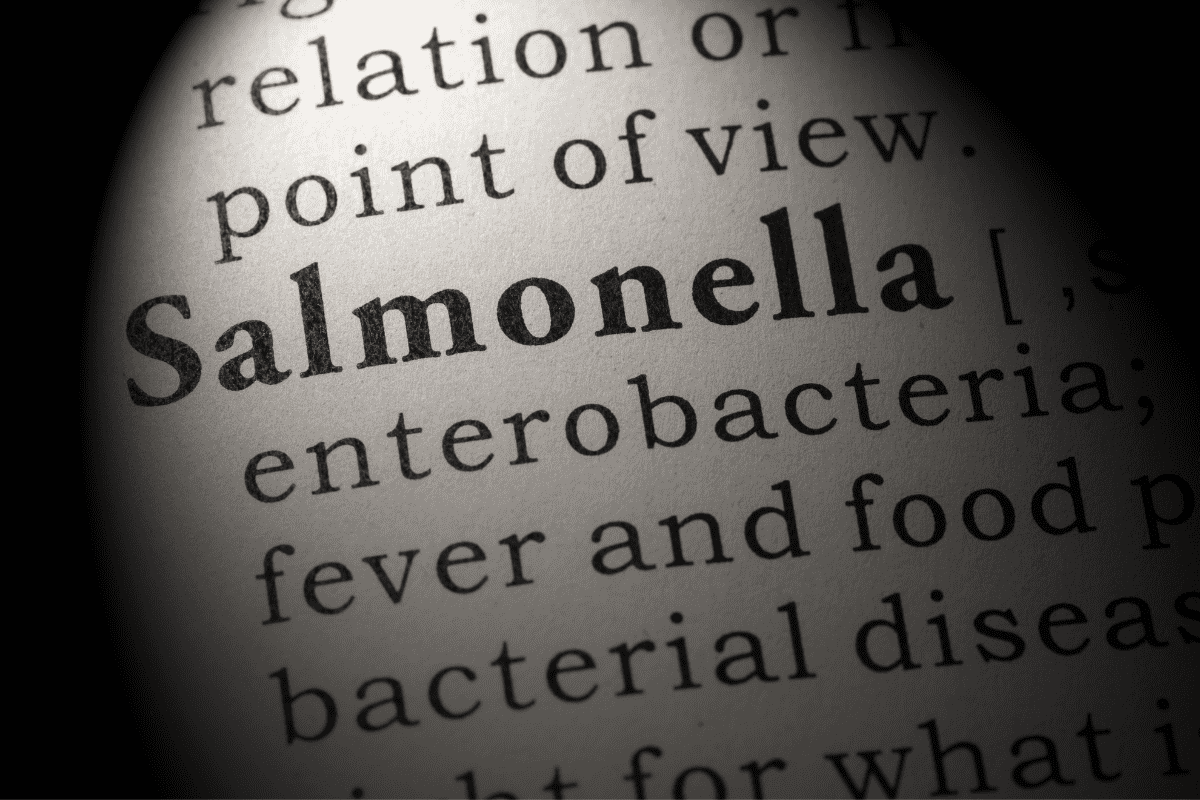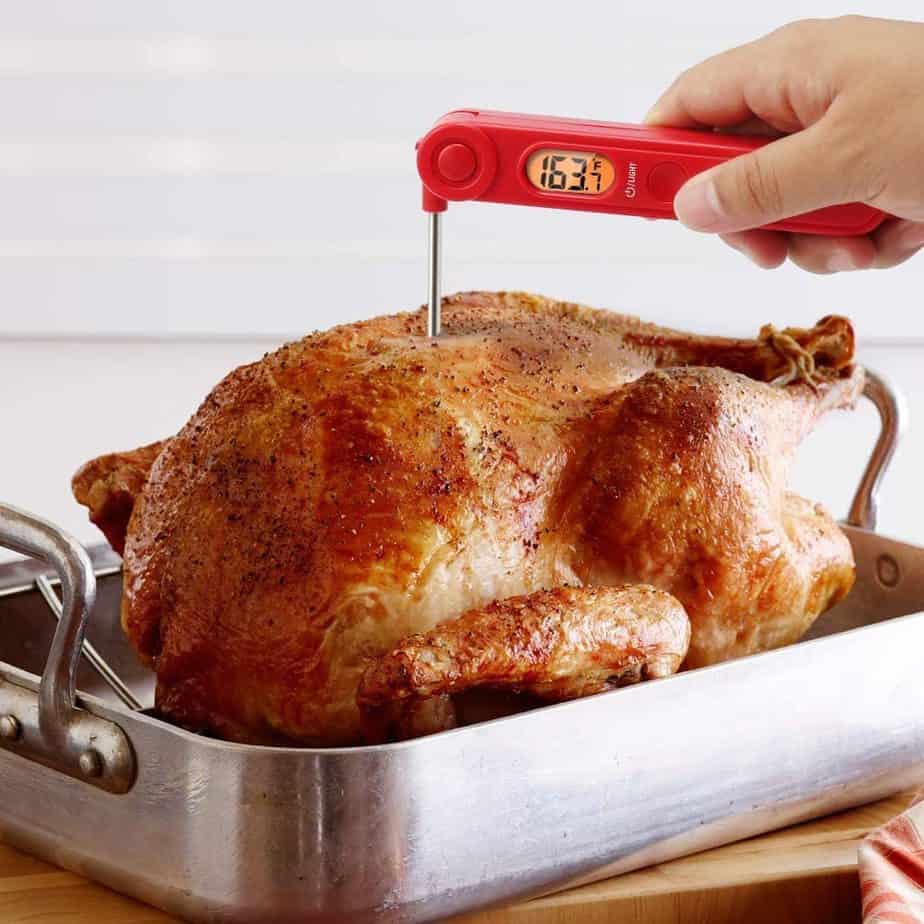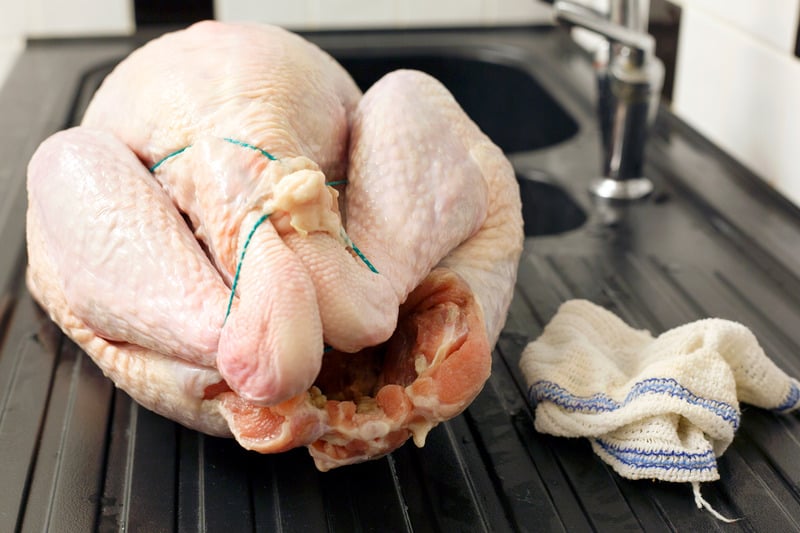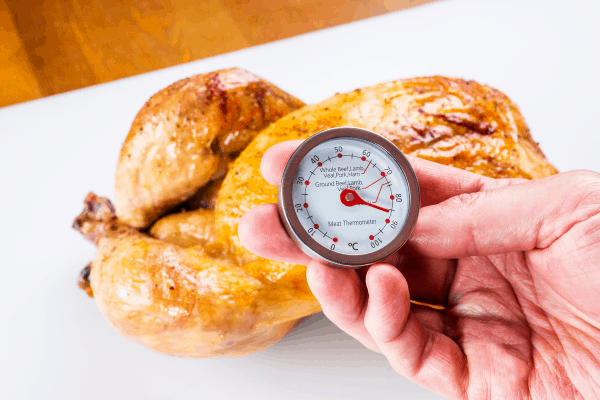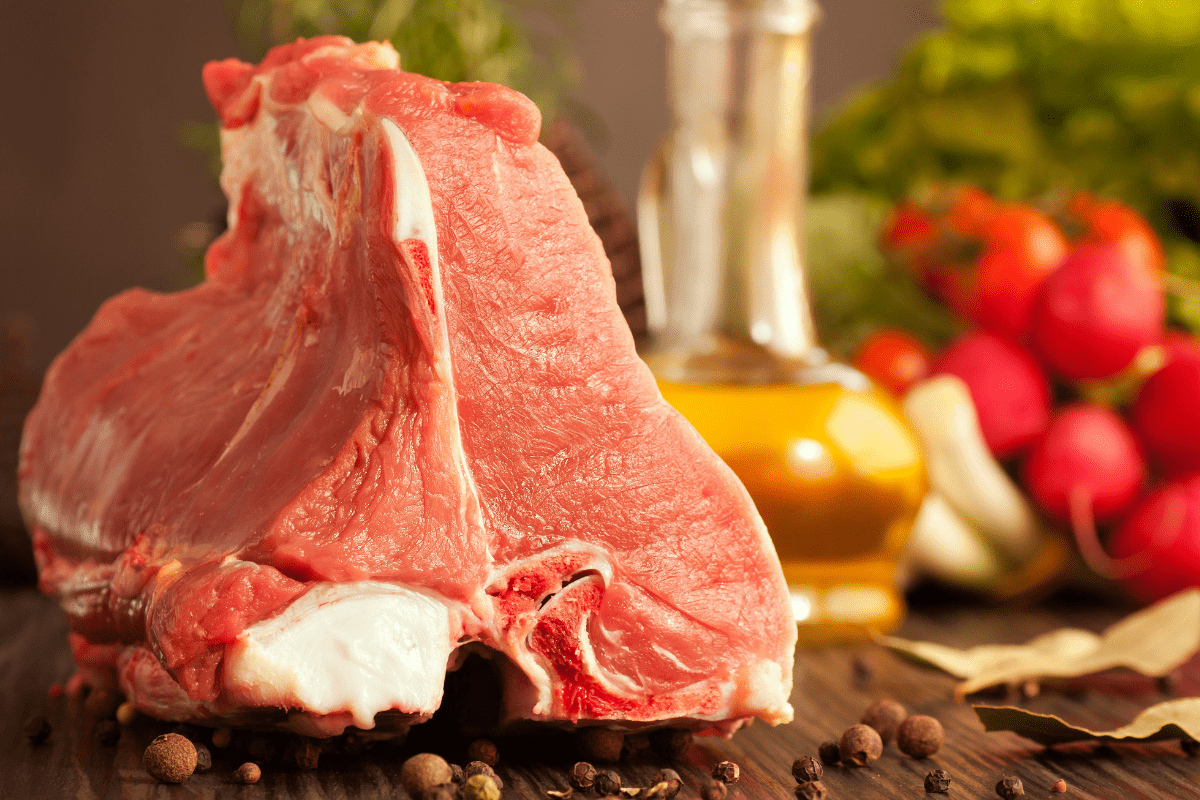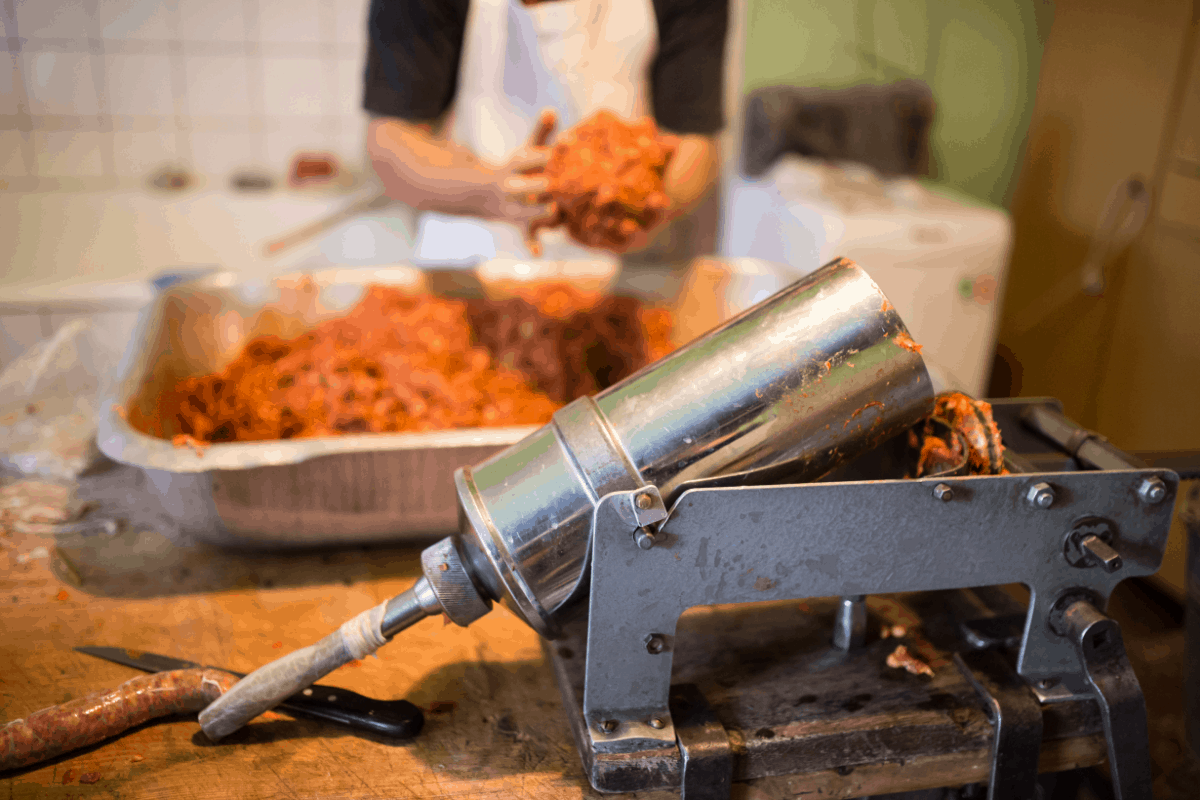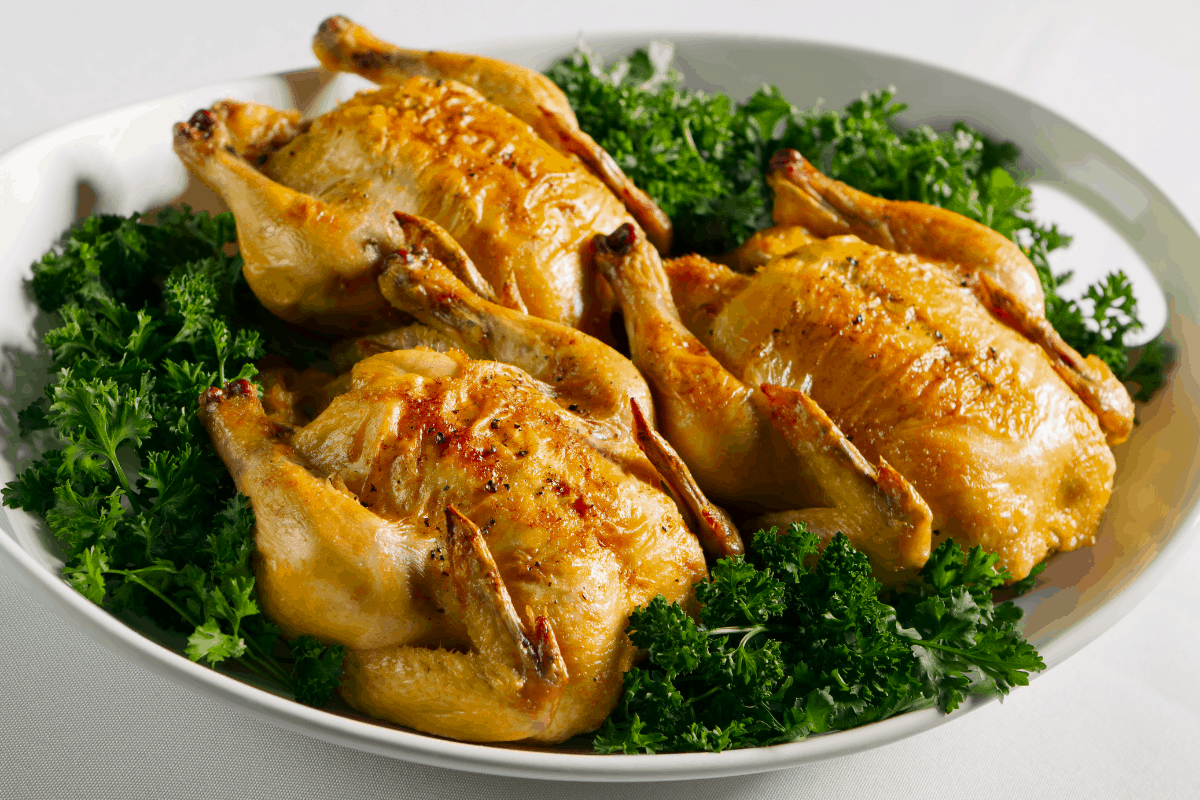When preparing a meal with chicken, there is some concern that you may end up getting salmonella poisoning. Although Salmonella poisoning is one of the most common types of poisoning in the United States, there are ways that you can drastically reduce your chances of suffering from it.
So what is Salmonella? Salmonella is a type of bacteria that can cause food poisoning. It is most commonly found in poultry, eggs, and meat. Symptoms of salmonella poisoning include nausea, vomiting, diarrhoea, and fever.
In this article we will cover the chances of getting salmonella poisoning from eating cooked chicken, and the steps you can take to reduce the likelihood of it happening.
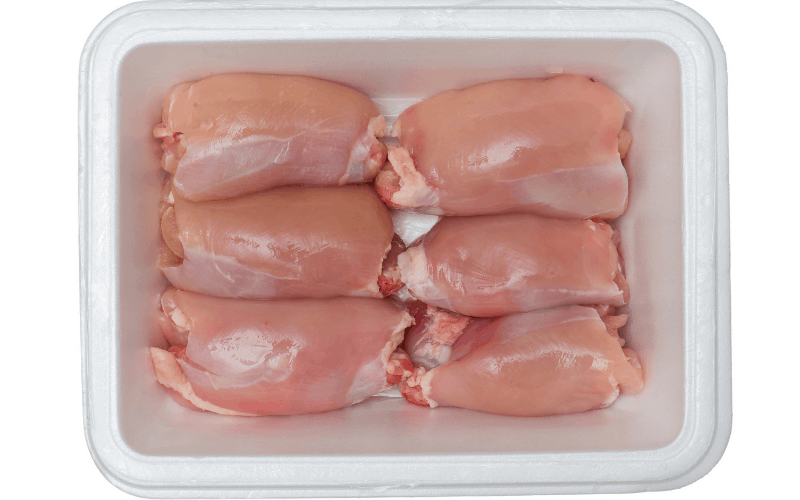
How Common Is Salmonella Poisoning From Eating Chicken?
The chances of getting salmonella from eating chicken are relatively high. The CDC estimates that about one in twenty people who eat undercooked or raw chicken will get sick with salmonella.
Before you get too alarmed at that figure, please note that the key element of that statistic is that the chicken eaten was not cooked thouroghly enough to kill the bacteria.
Are all cases of salmonella caused by poultry?
No. While poultry is the most common source of salmonella, it can also be found in other foods, such as fruits and vegetables. In fact, a recent study showed that more than two-thirds of all cases of salmonella are caused by food other than poultry.
What can I do to protect myself from salmonella when eating chicken?
There are several things you can do to protect yourself from salmonella when eating chicken.
- Make sure that your chicken is cooked thoroughly.
- Avoid eating raw or undercooked poultry.
- Wash your hands thoroughly after handling chicken.
- Avoid cross contamination by keeping raw chicken separate from other foods.
- Refrigerate any leftovers promptly.
- If you do get sick with salmonella, seek medical attention.
What temperature should chicken be cooked to avoid salmonella poisoning?
The CDC recommends cooking chicken to an internal temperature of 165 degrees Fahrenheit to kill any bacteria that may be present. You can use a digital food thermometer to ensure that your chicken is cooked properly. When inserted into the thickest part of the meat, the digital food probe will give you an instant reading of whether the meat has reached a high enough temperature to kill the harmful bacteria.
Instant read digital food thermometers can be found in food hardware stores or online for under $20. This one is the Amazon Best Seller!
Is there a vaccine to protect against salmonella?
There is no vaccine available to protect against salmonella. However, practicing good hygiene and food safety habits can help reduce your risk of getting sick.
What are some common symptoms of salmonella poisoning?
-Nausea
-Vomiting
-Diarrhoea
-Fever
If you experience any of these symptoms after eating chicken, seek medical attention. Salmonella poisoning can be a serious illness.
What should I do if I think I have salmonella poisoning
If you think you have salmonella poisoning, please contact your health care provider.
Severe cases can lead to dehydration, blood poisoning, or even death.
Do not wait until you are feeling ill to seek medical help, as early diagnosis and treatment is key in preventing more serious health complications.
For more information on salmonella and chicken, please visit the following websites:
– Centers for Disease Control and Prevention (CDC): Salmonella from Poultry
– USDA: Food Safety – Raw Chicken
– Food and Drug Administration (FDA): Raw Chicken: Safe Handling Tips
